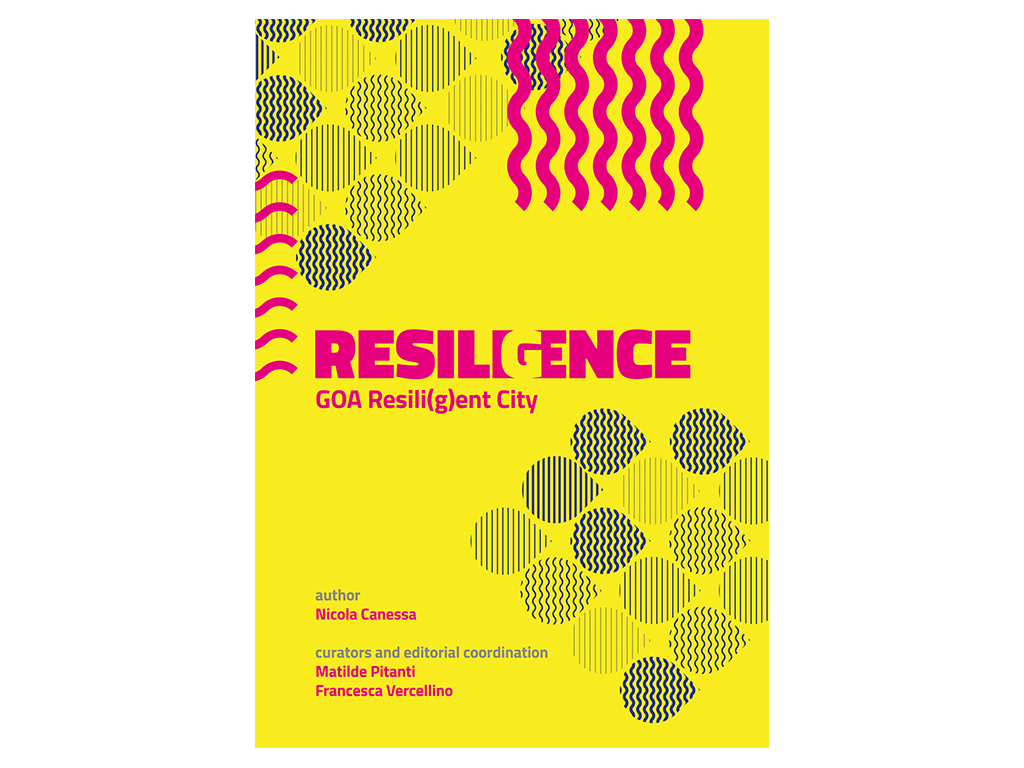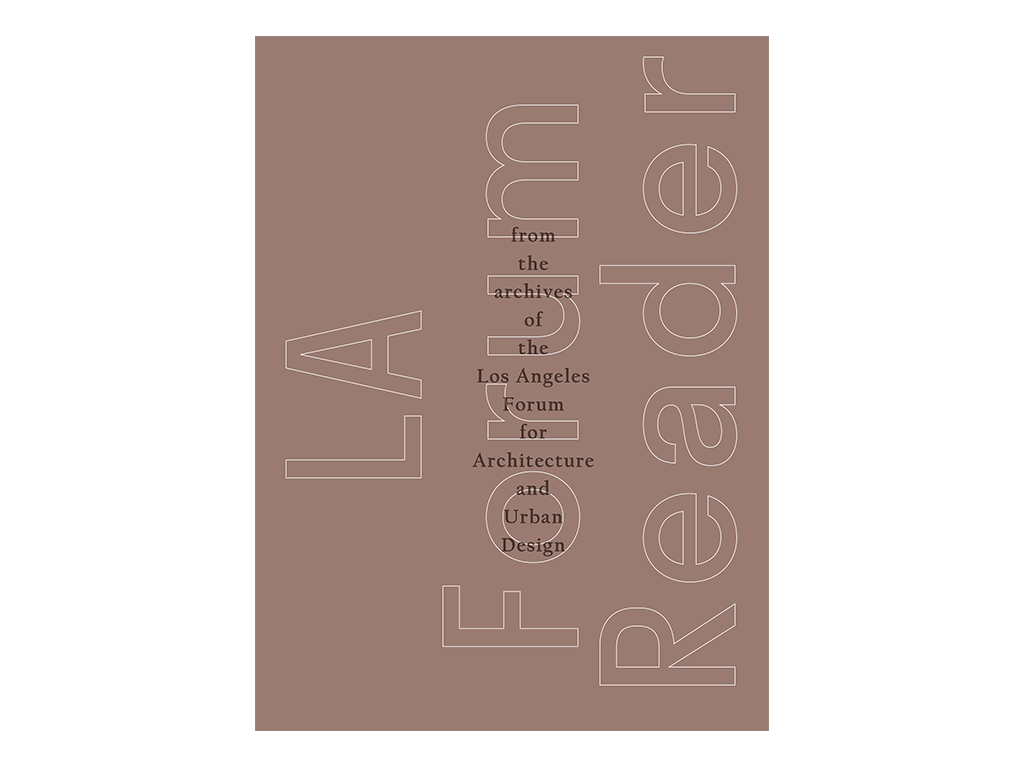While modernity is increasingly interactive, how can architecture offer its users a living experience? Striking a balance between technological progress offering mankind an incredible extension of itself and the necessary distance from the living in order to be a better host to it, buildings must foster a new sensitive and intelligent dialogue.
In the near future, buildings will be animated to something resembling life. But is living the ultimate purpose of Architecture?
Illustration by Jan Garet
“Total Fluidity on All Scales” was the title of a Zaha Hadid lecture at the Massachusetts Institute of Technology in April 2007. For several hours the audience stood in front of wondrous forms that suggested the idea of movement and life – from objects to buildings, and even cities. Architecture has always sought to mimic the living. Throughout history, inflection of form and motifs of growth and nature have persisted throughout the surfaces of our edifices: architectural explorations from the Gothic to the baroque, expressionism to deconstructivism, Modernism to parametricism, have all unceasingly animated static matter with the illusion of life.
Today, with the new perspectives offered by the development of digital technologies, such ideals are coming closer to reality. The evolution leading from the passive shells of old to the machine-like dwellings advocated by the pioneers of the Modern movement is reaching its final stage. Beyond Reyner Banham’s theorization of the transformation of architectural space into a well-tempered environment, buildings may now be understood as complex organisms, the life-blood of which will be more and more steered through the production and reading of realtime information. Their skins can adjust to the gusts of weather and other external data, their insides can adapt dynamically to their users’ needs and desires. Built in increasingly responsive materials and systems, they seem on an unstoppable journey towards a living architecture.
So far, the story would be another instance of the grand narrative of progress that has characterized modernity since its dawn. A closer look at the successive moves made by architecture in its attempts to come to terms with the potential unleashed by technology, the growing need for mobility and the interaction triggered by modernization during its successive phases, reveals a far more complex plot. Architecture has been constantly both opening itself to the new perspectives presented by technological advancement and resisting its eroding power, which could possibly lead to its disappearance as a discipline – the discipline of permanence as opposed to the temporality of life.
During the second half of the 18th century, at a time when automata had begun to suggest the possibility of artificial life, when territorial and urban networks were already challenging the focus role of buildings in the ordering of space, architects like Étienne-Louis Boullée and Claude-Nicolas Ledoux looked for a new monumentality. This monumentality was based on the use of simple and massive volumes, as a counterpoint to the increased mobility that surrounded and even penetrated buildings. A century and a half later, modern architects tried to adapt their discipline to a new mechanical age. At the same time they struggled to prevent its assimilation with mere engineering – hence the famous distinction made by Le Corbusier between the machine for living, or rather inhabiting, and the machine to move the mind and soul – the former being only a step, a preliminary towards a genuine modern architecture.
We could very well observe a new instance of this recurring tension in the modern age. Indeed, architecture is becoming dynamic and responsive to a degree that was barely conceivable in the past. A few visionaries, such as Cedric Price with the Generator project, envisaged the possibility of an architecture interacting in a truly intelligent way with human society. In the near future, buildings will be animated to something resembling life. But is living the ultimate purpose of architecture? Part of its power seems rooted not really in its capacity to emulate life, but rather from the fact that it hosts it. Architecture provides the settings, the décor. As such, it sometimes needs to distinguish itself from its host, through a certain kind of inertia. As art historian Oleg Grabar once put it: “Good architecture is always meant to be an invitation to behave in certain ways; it always adorns life […]. Without it, life loses its quality. Architecture makes life complete, but it is neither life nor art.”
Is architecture life or its contrary? In order to overcome this apparent contradiction, it may be tempting to understand the relationship between architecture and life based on symbiosis rather than imitation. From Boullée and Ledoux to Le Corbusier and beyond, architecture has always proposed a living experience rather than a mere structure emulating the functions of organic life. Since the 18th-century at least, architecture has taken an active part, along with other key domains ranging from technology to politics and in close relation to them, in the reshaping of man and woman. Referring back to automata, the late 18th century architectural evolution, epitomized by the works of Boullée and Ledoux, appears inseparable from the conception of man as a sentient machine theorized by La Mettrie, as well as from its normative definition as an ethical living being; architecture offering a key expression of the rising tension between what was called at the time the “physical” and the “moral”. The Modern movement is contemporary with another shift in the understanding of the human subject, a shift marked by the quest for a post-humanist objectivity, as theorist and historian Michael Hays has shown, and by the simultaneous reaffirmation of the spiritual nature of man. At each stage, the power of architecture has been based on a blend between openness and opacity, readiness for movement and inertia, as if this somewhat paradoxical mix represented the only way to preserve the complexity and richness of the living experience proposed by architecture.
One may be tempted to apply the same interpretative frame to what is happening under our eyes. If this assumption proves correct, the sophisticated structure that digital technologies make possible represents only one aspect of the foreseeable evolution of architecture. Buildings may seem more and more alive, but the experiences they offer constitute the only true living reality. Architecture as an extension of our human self; this reality is inseparable from a redefinition of the subject that is currently approached by following different tracks. The dawn of a “post-human” condition has been put forward in reference to the dramatic departure from pure organic life and the possibilities of extension to the body and brain offered by prostheses, networks and avatars. The figure of the cyborg has been mobilized in order to characterize the growing dependence – a dependence close to a co-production – of man vis-à-vis technology. As for us, what seems important to note is the emergence of a new living experience in which buildings do not appear as pieces of machinery or equipment but in continuity with the life of the subjects who inhabit them. They will provide ambiences in which more and more dimensions will be customizable beside light and temperature, set to engage our senses and resonate with our moods. A new era in the dialogue between architecture and its subjects is about to begin.











